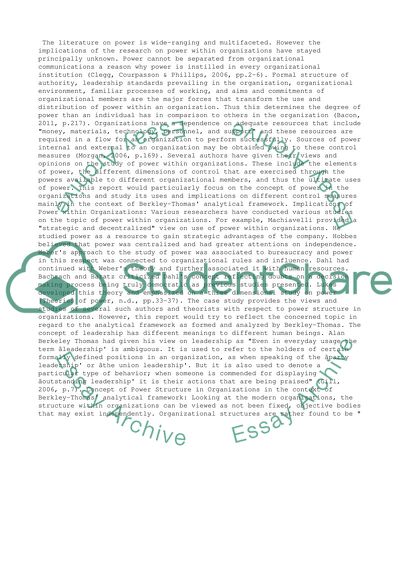Cite this document
(“Power in Organizations Essay Example | Topics and Well Written Essays - 2500 words”, n.d.)
Retrieved de https://studentshare.org/management/1390815-management
Retrieved de https://studentshare.org/management/1390815-management
(Power in Organizations Essay Example | Topics and Well Written Essays - 2500 Words)
https://studentshare.org/management/1390815-management.
https://studentshare.org/management/1390815-management.
“Power in Organizations Essay Example | Topics and Well Written Essays - 2500 Words”, n.d. https://studentshare.org/management/1390815-management.


